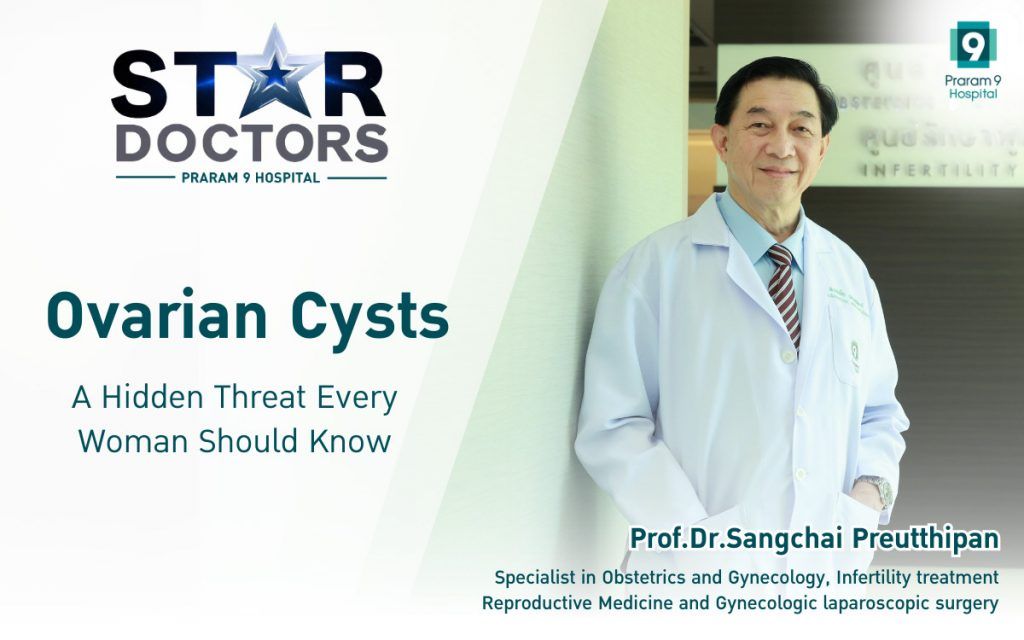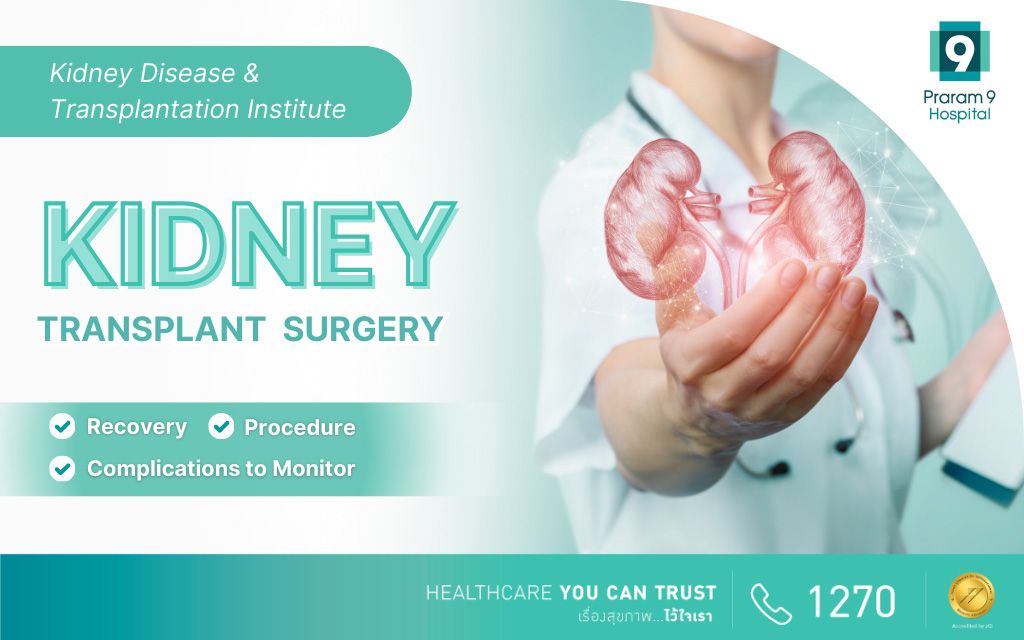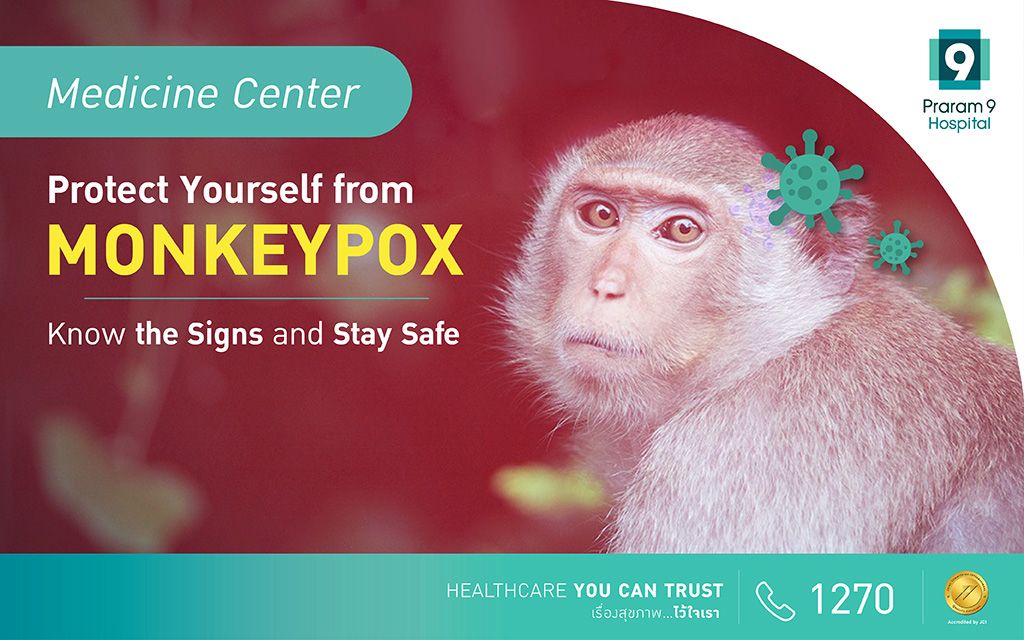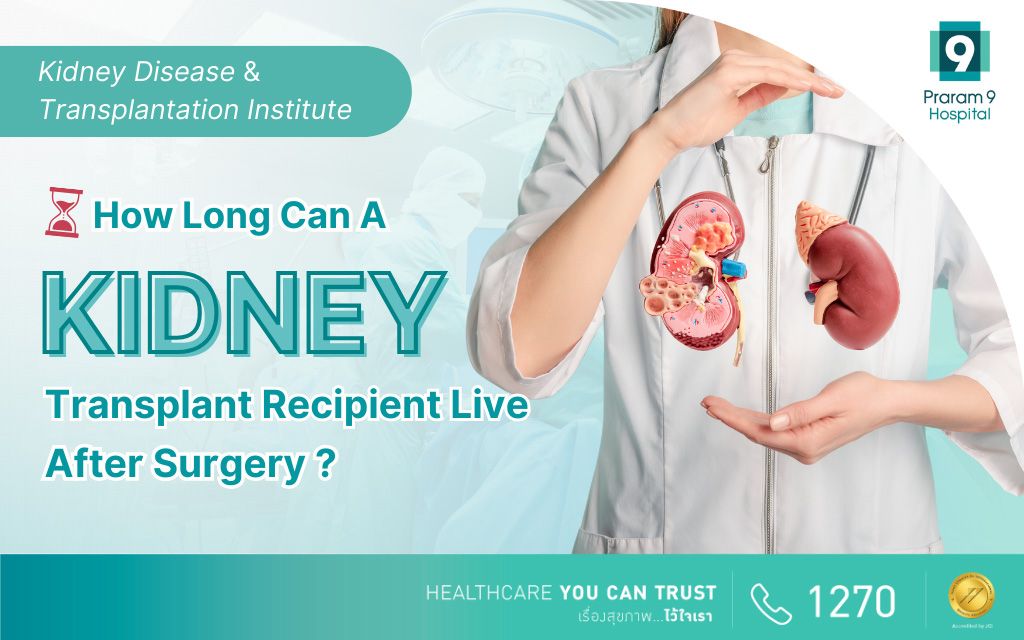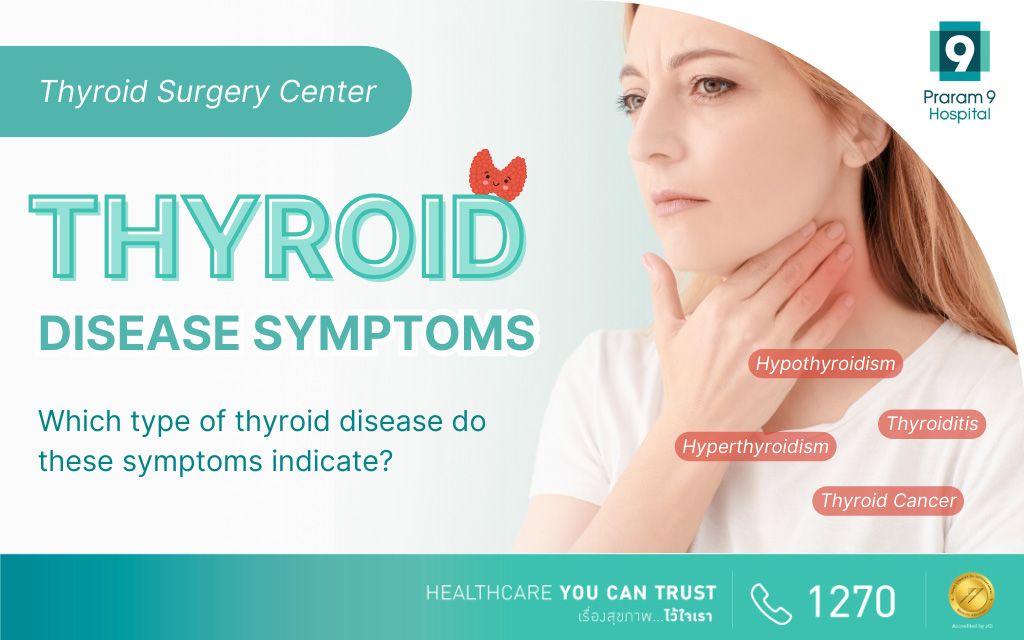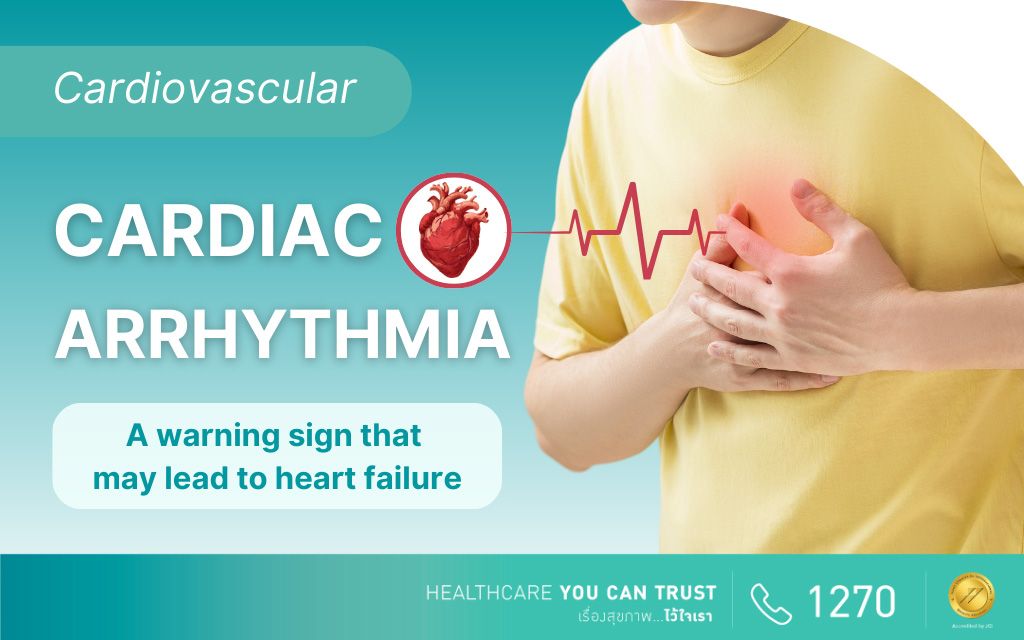Health Articles
Knowledge
5 risk factors that may increase your risk of colorectal cancer
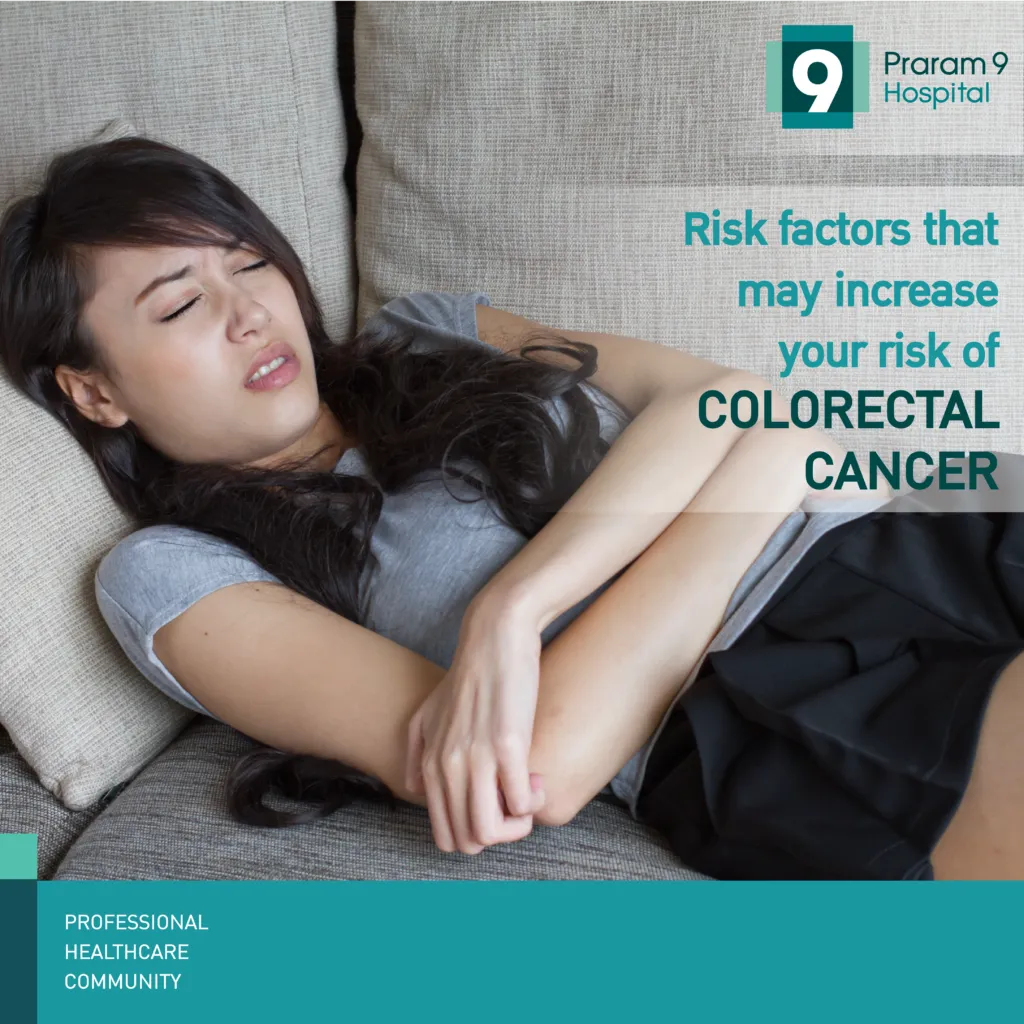
5 risk factors that may increase your risk of colorectal cancer
What is colon cancer?
Colon cancer is a type of cancer found in the large intestine in our digestive tracts. It can start of as a tumor and develop into a serious cancer overtime. Symptoms of colorectal cancer includes abdominal pain, cramps, general discomfort abdominal area around and stool with blood from bleeding in the colon. Furthermore, the cancer can silently spread to other organs as the tumor develop, causing symptoms relating to other organs such as live and lung to develop as well. We will discuss the factors that may increase your risk of colorectal cancer that you should be aware of.
Here are 5 risk factors that may increase your risk of colon cancer:
· Older age. Colon cancer can be diagnosed at any age, but a majority of people with colon cancer are older than 50. The rates of colon cancer in people younger than 50 have been increasing, but doctors aren’t sure why.
· African-American race. African-Americans have a greater risk of colon cancer than do people of other races.
· A personal history of colorectal cancer or polyps. If you’ve already had colon cancer or noncancerous colon polyps, you have a greater risk of colon cancer in the future.
· Inflammatory intestinal conditions. Chronic inflammatory diseases of the colon, such as ulcerative colitis and Crohn’s disease, can increase your risk of colon cancer.
· Inherited syndromes that increase colon cancer risk. Some gene mutations passed through generations of your family can increase your risk of colon cancer significantly. Only a small percentage of colon cancers are linked to inherited genes. The most common inherited syndromes that increase colon cancer risk are familial adenomatous polyposis (FAP) and Lynch syndrome, which is also known as hereditary nonpolyposis colorectal cancer (HNPCC).
· Family history of colon cancer. You’re more likely to develop colon cancer if you have a blood relative who has had the disease. If more than one family member has colon cancer or rectal cancer, your risk is even greater.
· Low-fiber, high-fat diet. Colon cancer and rectal cancer may be associated with a typical Western diet, which is low in fiber and high in fat and calories. Research in this area has had mixed results. Some studies have found an increased risk of colon cancer in people who eat diets high in red meat and processed meat.
· A sedentary lifestyle. People who are inactive are more likely to develop colon cancer. Getting regular physical activity may reduce your risk of colon cancer.
· Diabetes. People with diabetes or insulin resistance have an increased risk of colon cancer.
· Obesity. People who are obese have an increased risk of colon cancer and an increased risk of dying of colon cancer when compared with people considered normal weight.
· Smoking. People who smoke may have an increased risk of colon cancer.
· Alcohol. Heavy use of alcohol increases your risk of colon cancer.
· Radiation therapy for cancer. Radiation therapy directed at the abdomen to treat previous cancers increases the risk of colon cancer.



